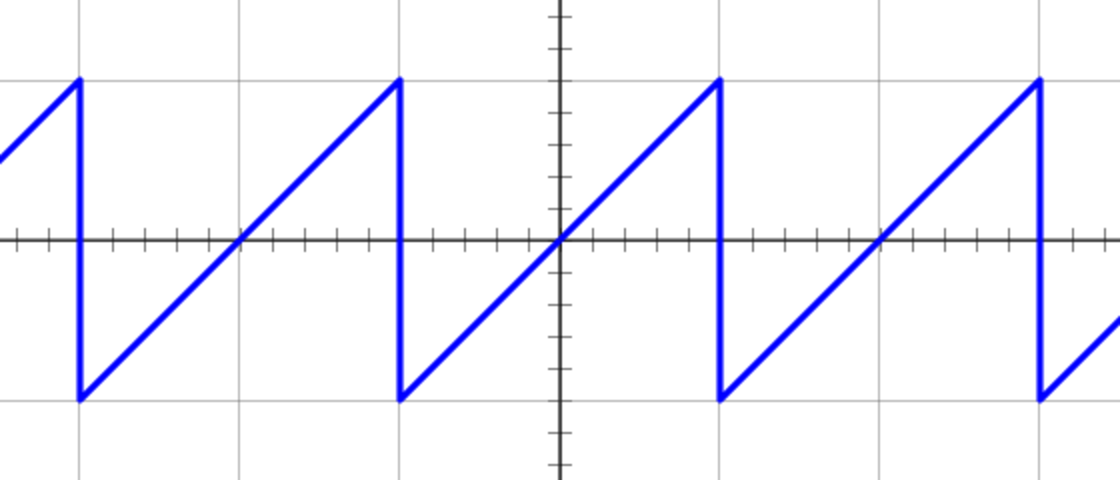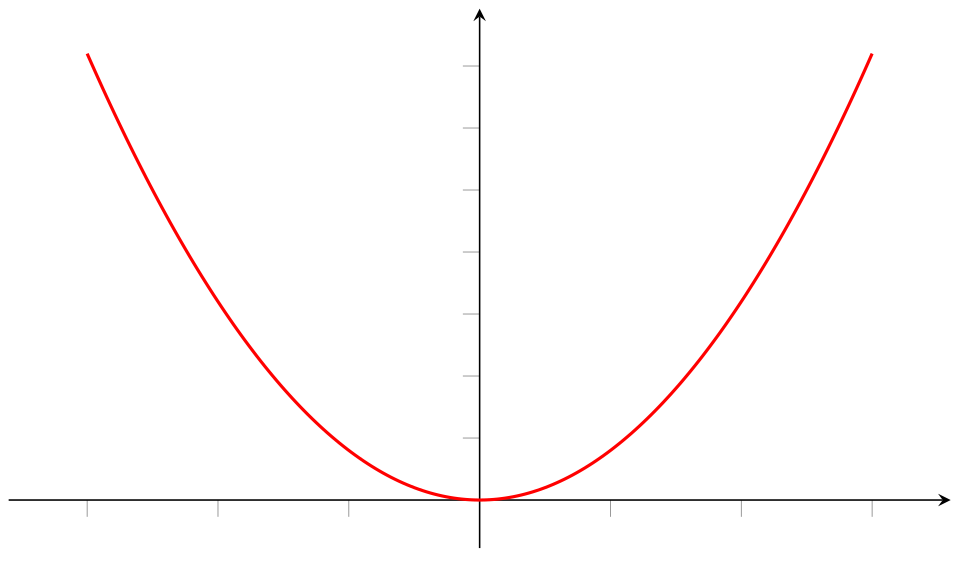
|
vlrPhone |
Multimedia Codecs Based on FFT and Compatible with UWB (Ultra-Wide Band) and CSS (Chirp Spread Spectrum)
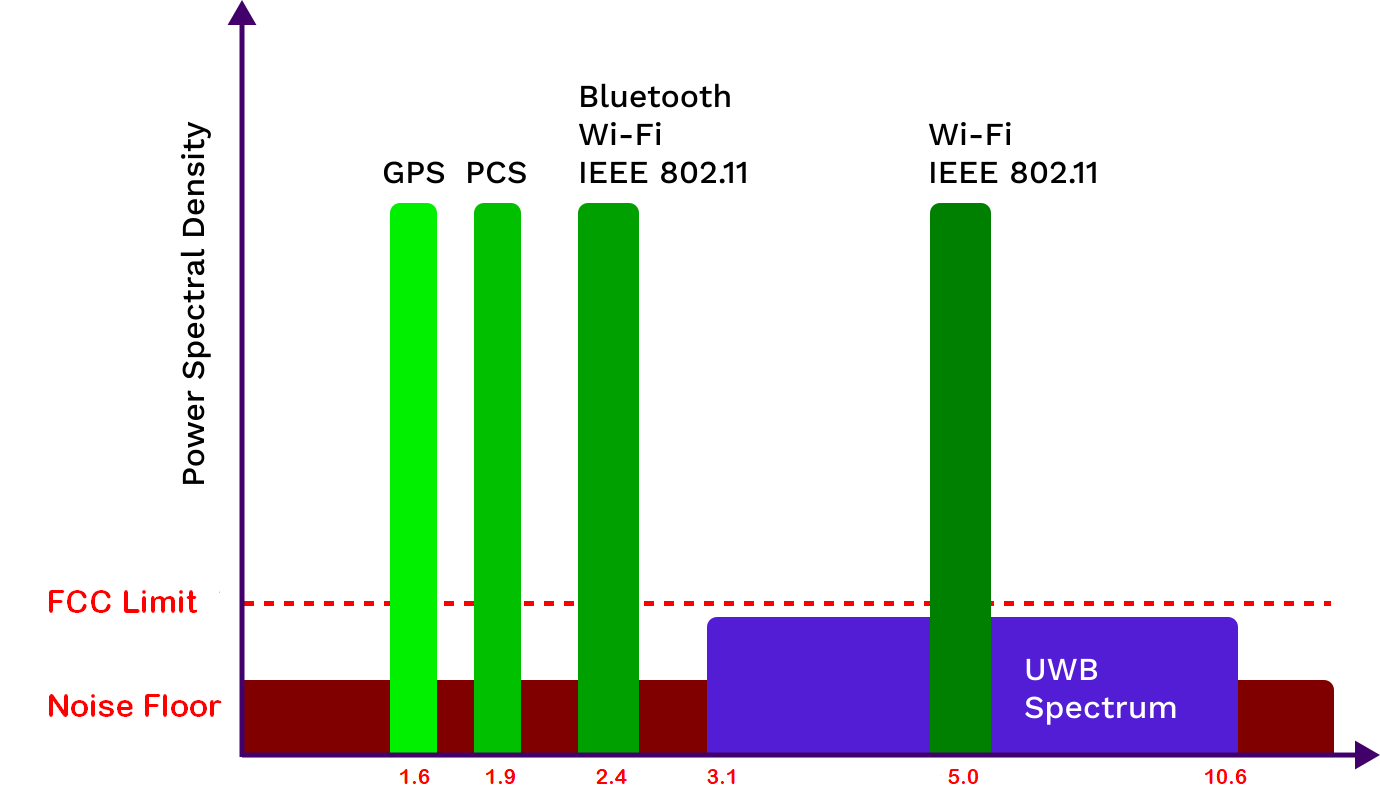
We have recently introduced new methods for the compression, the decompression and the transport of media (audio, image and video).
For more information, see at the following addresses:
Image and Video Compression
Long Distance Communications
This information is written for investors, developers and decision makers.
The goal is to show how our algorithms can be used in original ways with UWB, with CSS or in mixed mode.
The Ultra-Wide Band (UWB) is a radio modulation technique based on the transmission of very short pulses, often less than a nanosecond, over a wide frequency spectrum. Thus, the bandwidth can reach very high values.
Because the technology uses a very wide bandwidth, transmissions occur at low or very low power over relatively short distances. UWB is a very powerful technology for high-precision geolocation in indoor infrastructure.
In the digital communications, Chirp Spread Spectrum (CSS) is a spread spectrum technique that uses broadband, linearly frequency-modulated chirp pulses to encode information.
A chirp is a sinusoidal signal whose frequency increases or decreases over time. Furthermore, spread spectrum is resistant to the Doppler effect, typical in mobile radio applications.
For more information on these methods, see at the following addresses:
UWB
CSS
Our compression methods use FFT and two planes. In the background, we can keep only the phase signs. We can transport the foreground points and additional data into the background phases. Decimation can also be implemented in the background (keeping only the point with the largest magnitude every N points). Instead of decimated points, data is transported in amplitudes and/or phases.
A detailed description can be found in the USPTO patent (Patent Number: 11863367, Filing Date: August 20, 2021, Issue Date: January 2, 2024).
The frames thus formed can be transmitted in OFDM. These frames are compatible with UWB and, in particular, MB-OFDM (Multi-Band-OFDM).
The PAPR (Peak-to-Average Power Ratio) problems are reduced and it is possible to target just above the noise floor.
Our compression methods create UNB (Ultra-Narrow Band) frames in the frequency domain by grouping the largest points or local peaks.
Quasi-stationary signals consist essentially of a field of local peaks in the frequency domain.
Low-quality compression can be achieved for media by retaining only the largest local peaks in the frequency domain.
Using generative artificial intelligence (Generative AI), very high-quality frames can be derived from these local peaks.
For transmitting UNB frames over long distances, we have recommended the use of conventional analog or digital modulations.
Over shorter distances, Chirp methods exist, a variant of which called LoRa (Low Range) is widely used today.
For more information on the so-called LoRa CSS variant, see at the following address:
LoRa
The CSS signals are generally below the noise floor, have very limited data rates compared to UWB, are resistant to noise and Doppler effects, and can be used to locate objects with less precision than UWB signals.
The LoRA specifications can be used to transmit our UNB frames.
We note the possible use of a CSS variant that directly maps the heights or widths reached to the amplitudes of the UNB frames.
If magnitudes and phases are used, codes must be generated for the magnitudes and phases separately.
Within this variant, linear, quadratic, or logarithmic chirps can be used.
It is possible to consider using multiple curves with the same origin to increase data rates. In this case, the correspondence table will also depend on the position of the curves.
Hybrid Model:
We can consider using a hybrid model combining UWB and CSS, with UWB-OFDM frames being slightly above the noise floor, and CSS-UNB frames being below.
The pure data and foregrounds added in place of the decimated points can be sent as redundancies by CSS for error correction.
In a media context, the background can be deformed without significant impact on the final quality. Pure data and foregrounds are better handled.
With the hybrid model, both precise and less precise locations can be obtained simultaneously.
Indoor ultrasound geolocation systems:
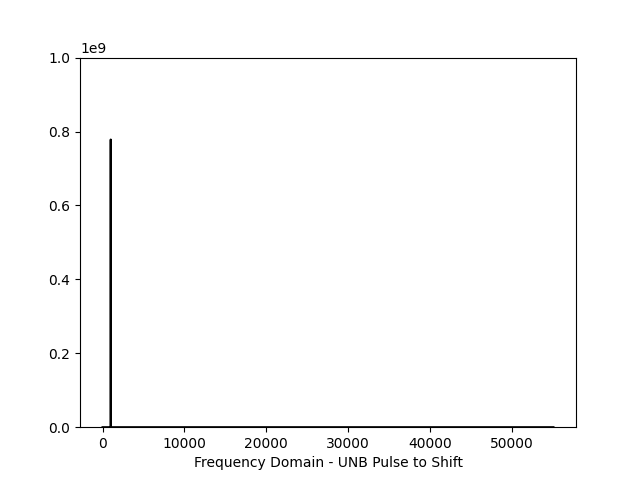
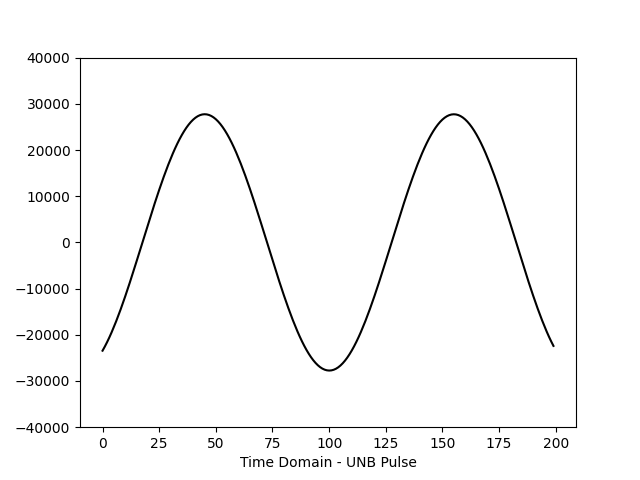
Our UNB compression methods were first developed using audio frames. After fully grouping the points in the frequency domain, we obtain quasi-mono-frequency sinusoidal curves in the time domain.
By significantly increasing the sampling rates and shifting the points toward higher frequencies, intermediate ultrasound pulses can be generated.
Since most vital signs are quasi-stationary, they can be transmitted via UNB and simultaneously implement indoor ultrasound geolocation systems (RTLS, Real-Time Location System).
Care must be taken to ensure that at least one complete cycle is transmitted in each pulse.
After the total grouping of the points, we can avoid the phases by considering the amplitudes of the cosines and the amplitudes of the sines.
The generated curves can also be transmitted using electromagnetic waves, after appropriate modulation.
Notes:
- With the UNB frames, in a generative AI context, we can generate richer audio frames with variations.
- Since the points of the UNB frames are easily movable in the frequency domain, we can enrich them and adjust them to the sensitivity of the ears, before inverse FFT.
- Below, a sawtooth function and a quadratic function.
For more information, see at the following addresses:
Image and Video Compression
Long Distance Communications
This information is written for investors, developers and decision makers.
The goal is to show how our algorithms can be used in original ways with UWB, with CSS or in mixed mode.
The Ultra-Wide Band (UWB) is a radio modulation technique based on the transmission of very short pulses, often less than a nanosecond, over a wide frequency spectrum. Thus, the bandwidth can reach very high values.
Because the technology uses a very wide bandwidth, transmissions occur at low or very low power over relatively short distances. UWB is a very powerful technology for high-precision geolocation in indoor infrastructure.
In the digital communications, Chirp Spread Spectrum (CSS) is a spread spectrum technique that uses broadband, linearly frequency-modulated chirp pulses to encode information.
A chirp is a sinusoidal signal whose frequency increases or decreases over time. Furthermore, spread spectrum is resistant to the Doppler effect, typical in mobile radio applications.
For more information on these methods, see at the following addresses:
UWB
CSS
Our compression methods use FFT and two planes. In the background, we can keep only the phase signs. We can transport the foreground points and additional data into the background phases. Decimation can also be implemented in the background (keeping only the point with the largest magnitude every N points). Instead of decimated points, data is transported in amplitudes and/or phases.
A detailed description can be found in the USPTO patent (Patent Number: 11863367, Filing Date: August 20, 2021, Issue Date: January 2, 2024).
The frames thus formed can be transmitted in OFDM. These frames are compatible with UWB and, in particular, MB-OFDM (Multi-Band-OFDM).
The PAPR (Peak-to-Average Power Ratio) problems are reduced and it is possible to target just above the noise floor.
Our compression methods create UNB (Ultra-Narrow Band) frames in the frequency domain by grouping the largest points or local peaks.
Quasi-stationary signals consist essentially of a field of local peaks in the frequency domain.
Low-quality compression can be achieved for media by retaining only the largest local peaks in the frequency domain.
Using generative artificial intelligence (Generative AI), very high-quality frames can be derived from these local peaks.
For transmitting UNB frames over long distances, we have recommended the use of conventional analog or digital modulations.
Over shorter distances, Chirp methods exist, a variant of which called LoRa (Low Range) is widely used today.
For more information on the so-called LoRa CSS variant, see at the following address:
LoRa
The CSS signals are generally below the noise floor, have very limited data rates compared to UWB, are resistant to noise and Doppler effects, and can be used to locate objects with less precision than UWB signals.
The LoRA specifications can be used to transmit our UNB frames.
We note the possible use of a CSS variant that directly maps the heights or widths reached to the amplitudes of the UNB frames.
If magnitudes and phases are used, codes must be generated for the magnitudes and phases separately.
Within this variant, linear, quadratic, or logarithmic chirps can be used.
It is possible to consider using multiple curves with the same origin to increase data rates. In this case, the correspondence table will also depend on the position of the curves.
Hybrid Model:
We can consider using a hybrid model combining UWB and CSS, with UWB-OFDM frames being slightly above the noise floor, and CSS-UNB frames being below.
The pure data and foregrounds added in place of the decimated points can be sent as redundancies by CSS for error correction.
In a media context, the background can be deformed without significant impact on the final quality. Pure data and foregrounds are better handled.
With the hybrid model, both precise and less precise locations can be obtained simultaneously.
Indoor ultrasound geolocation systems:


Our UNB compression methods were first developed using audio frames. After fully grouping the points in the frequency domain, we obtain quasi-mono-frequency sinusoidal curves in the time domain.
By significantly increasing the sampling rates and shifting the points toward higher frequencies, intermediate ultrasound pulses can be generated.
Since most vital signs are quasi-stationary, they can be transmitted via UNB and simultaneously implement indoor ultrasound geolocation systems (RTLS, Real-Time Location System).
Care must be taken to ensure that at least one complete cycle is transmitted in each pulse.
After the total grouping of the points, we can avoid the phases by considering the amplitudes of the cosines and the amplitudes of the sines.
The generated curves can also be transmitted using electromagnetic waves, after appropriate modulation.
Notes:
- With the UNB frames, in a generative AI context, we can generate richer audio frames with variations.
- Since the points of the UNB frames are easily movable in the frequency domain, we can enrich them and adjust them to the sensitivity of the ears, before inverse FFT.
- Below, a sawtooth function and a quadratic function.
